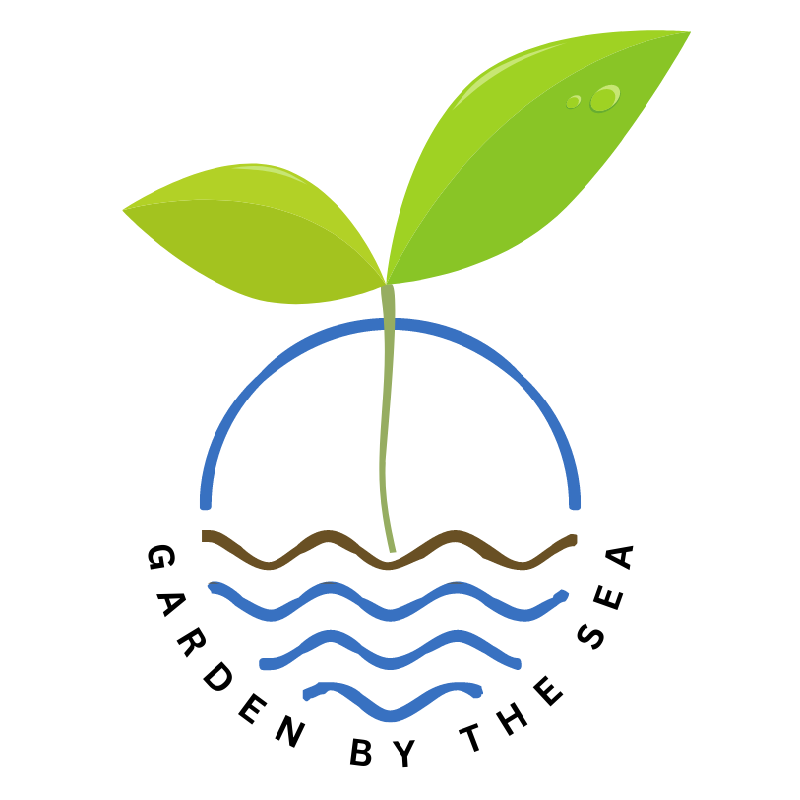House Plants Part 2:
We looked at growing plants indoors and noted a few holiday plants: Christmas Cactus, Amaryllis, Anthurium, and Poinsettia. If you had any of these, most should still be doing well, assuming you read their tags and paid attention to specific light, humidity, temperature, and watering needs.
I bought the light pink Christmas Cactus, pictured in the article just before press time. It was beautiful all of November and December, but because it had been forced to bloom for the holidays it has now lost all its blooms. I have another one cut from a 6-foot, 50-year-old plant that is just now coming in bloom. This is the first time it has bloomed in the 3 years I have had it. What fun it is to see it come alive again! That encourages me see how the new one does next year.
On the other hand, my Poinsettias are mostly stems and wilted leaves now. I gave up long ago trying to coax them into re-blooming, so they are all going into the compost. My black Athurium was already a year old and has since continually had at least two black inflorescences. I’ll keep it where it is and continue watering and feeding it as I have been, to see how long it will stay in flower.
Indoor plants have specific needs that are generally supplied by its native environment. Most house plants come from warmer climates which you will need to replicate if you want to keep them alive.
We discussed light and defined terms that gardeners use to indicate how much and what kind of light to use. Plant tags will let you know needs of each plant. We also discussed ambient temperatures focusing on ranges of 60 to 75 degrees. We will now consider, drainage, humidity, watering needs, and fertilizing.
Control drainage mainly by what type of pot you put the plant in. Always make sure there is a hole in the bottom of the pot the plant is directly planted in. Clay pots dry out faster because they are porous. They are especially good for succulents and cacti, which don’t use much water. For other plants in clay pots, just water more often. Glazed or plastic pots keep water in the soil longer. Use them for tropical or more water loving plants. Plastic pots are lighter, but glazed pottery offers a wider variety of decorative value. To protect furniture, put a saucer under the plant or place a potted plant inside a container that does not have a drainage hole. However, you will need to keep track of how much water drains though into the outer container. Pour off any excess water so that the plant does not get “wet feet” (standing water around its roots.)
The soil the plant is in affects drainage as well. The more sand, small gravel, or peat the soil has the more quickly water flows through. The more clay in the soil the denser it is and the more resistant it is to water movement. There are many potting mixes available to simplify choices. Just read labels.
Humidity refers to the amount of water vapor in the air surrounding the plant. Most do well in ranges from 40-60%. The average home has humidity levels of 40-50%. Cacti and succulents need levels closer to 40%. Tropical plants need levels of 60-65%. Since most house plants come from more tropical environments, you may need to raise humidity levels. You can do this by placing potted plants on a tray filled with 2-3-inch pebbles and water or by daily misting. Another method I use is to place some small cups filled with water among my plants.
Watering is the chore you will likely focus on the most. Besides the needs of each specific plant (which you can find on the care tag) the type of pot, the potting mixture, the room temperature, humidity, and light will all affect how much you need to water. During active growth or blooming, water needs will rise. Drooping or dried out leaves, or shrinking stems indicate a need for more water. You can test how much water the plant has by a “finger feel” of the top couple of inches of the plant. Most plants need water when the top half inch of soil has dried. Pick up the pot and feel for weight both before and after watering, to practice getting a sense of water weight. A slight under-watering is usually better than overwatering.
The last thing to consider is feeding or fertilizing. Newly purchased plants should not need fertilizing for at least 3 months. House plants should be fed about every eight weeks during periods of active growth. Fertilizing during rest periods can result in spindly growth, so avoid this. Because of the limited soil in potted plants, use half or quarter strength of a standard fertilizer.
During the winter, with cold, rain and wind outside there is still much gardening to be done indoors. The concerns are much the same as outdoor gardening. Provide the plant what it has in its natural environment: the right kind of light, temperature, humidity, drainage, soil, water, and nutrients.
This article was originally printed in The Ocean Observer, December 2018.



